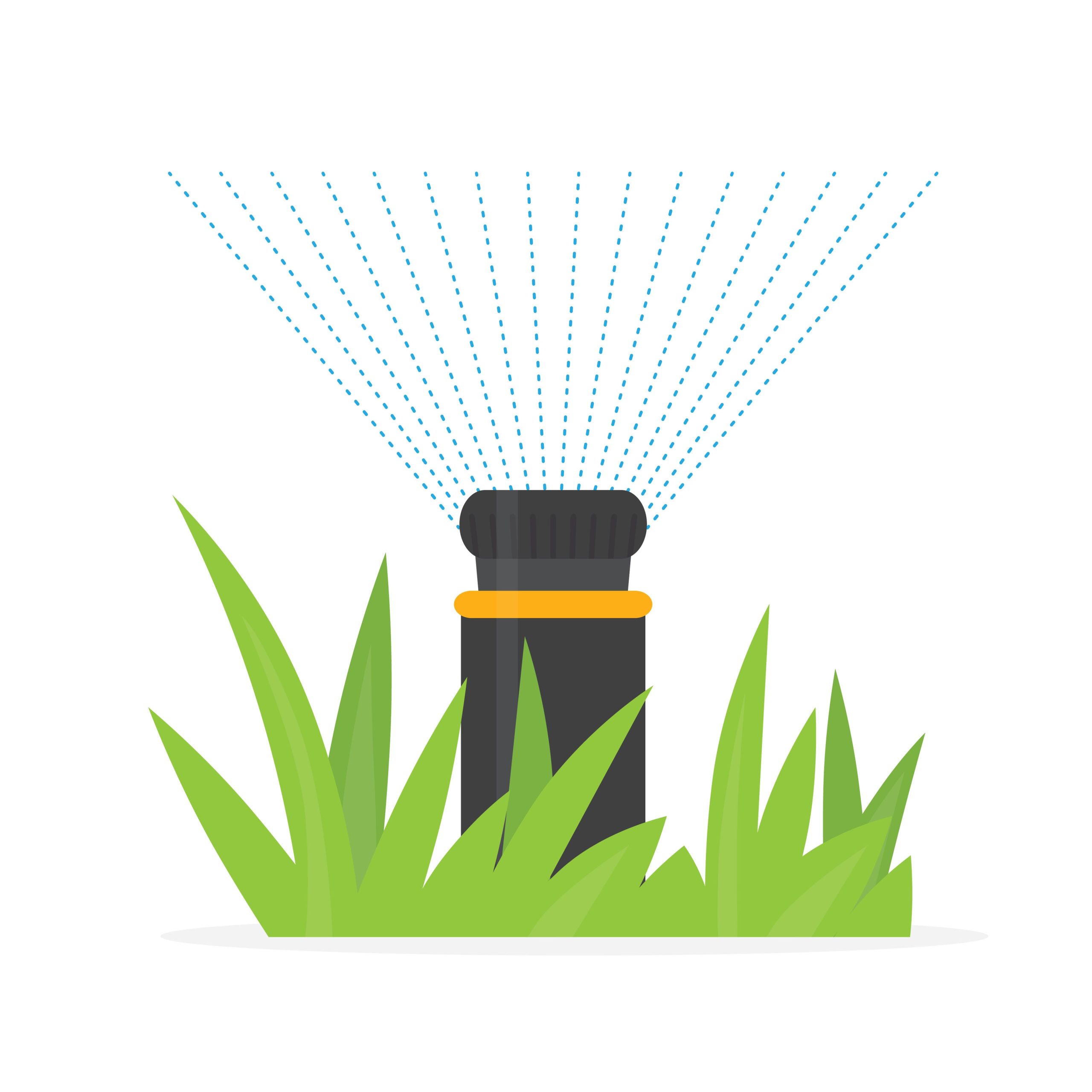Baytown, TX, Water Conservation Guidelines 2025
Water keeps Baytown’s homes comfortable, businesses running, and natural areas healthy. In 2025, using water wisely is more than a good habit—it’s a community priority. This guide lays out clear, practical steps you can take at home and at work to cut waste, lower bills, and build a more resilient Baytown. You’ll find indoor and outdoor tips, ways to use city programs like smart meters and rebates, and guidance on sustainable landscaping that thrives in our climate.
What you’ll learn:
- The most effective indoor and outdoor actions to reduce water use
- How to leverage Baytown’s smart meters, alerts, and incentives
- Landscaping practices that save thousands of gallons each season
- Simple metrics you can track to see your progress
Why These Guidelines Matter in Baytown
Baytown sits at the junction of neighborhoods, industry, and sensitive coastal ecosystems. Hot summers and heavier downpours create stress on water systems: high outdoor demand in heat, and runoff challenges in storms. At the same time, older infrastructure and hidden leaks can waste thousands of gallons before anyone notices. Conservation addresses all of this. It lowers household and business costs, reduces strain on pipes and pumps, and protects Trinity Bay and nearby bayous from runoff. When thousands of residents each save a little, the impact is huge.
Getting Started: Know Your Baseline
Before you make changes, understand your typical use. A few quick steps can reveal big opportunities.
- Check your average daily use: If you have a smart meter (AMI), log into the city’s portal or app to see hourly and daily patterns. Look for steady overnight flow—often a sign of leaks.
- Compare seasons: If your summer use is more than triple your winter use, focus on irrigation and outdoor habits first.
- Do a 15-minute meter test: Turn off all water. Note the meter reading. Wait 15 minutes. If it changes, you likely have a leak.
- Set a goal: Aim for a 10–15% reduction over the next billing cycle. Small, steady steps add up.
Indoor Water Use: High-Impact, Low-Cost Fixes
Indoor upgrades are fast, affordable, and pay back quickly.
Find and fix silent leaks
- Toilet dye test: Add food coloring to the tank. If color appears in the bowl within 10–15 minutes, replace the flapper ($10–$20).
- Listen for drips: Check under sinks and water heaters. A slow drip can waste hundreds of gallons a month.
- Monitor smart meter alerts: If you receive a continuous flow alert overnight, investigate toilets and irrigation first.
Expected savings: Fixing one running toilet can save 200+ gallons per day.
Upgrade fixtures and appliances
- Showerheads: Choose WaterSense models (1.5–2.0 GPM). Modern designs maintain strong pressure while cutting use up to 40%.
- Faucet aerators: Install 1.0–1.5 GPM aerators in bathrooms; 1.5–1.8 GPM in kitchens.
- Toilets: Replace older units (3.5+ gpf) with WaterSense 1.28 gpf or less. Dual-flush models add flexibility.
- Clothes washers: ENERGY STAR models use about 25–35% less water and energy than older units.
Tip: If rebates are available through the city or regional partners, apply before purchasing to lock in savings.
Everyday habits that stick
- Run full loads in dishwashers and washing machines.
- Scrape, don’t rinse, dishes before the dishwasher.
- Capture warm-up water in a bucket for plants or cleaning.
- Turn off taps while brushing teeth or soaping hands.
Outdoor Water Use: Where the Big Savings Live
Outdoor use can double or triple in summer. These changes deliver major reductions without sacrificing healthy landscapes.
Water by need, not by schedule
- Water early morning (4–8 a.m.) to reduce evaporation.
- Start with 1–2 days per week in spring and increase only during heat waves.
- Follow the cycle-soak method: Two shorter cycles let water soak in and reduce runoff.
If you have a smart controller, set it to weather-based mode and connect it to Wi‑Fi for automatic adjustments.
Tune and maintain your irrigation system
- Inspect each zone while it runs: Look for broken or misaligned heads, misting (too high pressure), and overspray onto sidewalks and streets.
- Adjust heads to reduce overlap and runoff. Use pressure-regulating heads or install a pressure regulator at the valve.
- Convert spray heads in beds to drip lines or point-source emitters. Drip places water at the roots and can cut use 30–50%.
- Add a rain or soil moisture sensor to prevent watering when the ground is already moist.
Quick check: If water reaches the curb, you’re watering too fast or too long.
Hand-watering and hose practices
- Use a shutoff nozzle to control flow.
- Target the base of plants, not leaves.
- Water trees deeply and infrequently; they provide shade that reduces irrigation needs across your yard.
Sustainable Landscaping That Thrives on Less
You can have a beautiful yard and still save water. Native and adaptive plants are built for our climate.
Choose the right plants
- Native and climate-adapted species: Consider gulf muhly, lantana, salvia, Turk’s cap, yaupon holly, and live oak for structure and seasonal color.
- Group by water needs: Put high-, medium-, and low-water plants together to water efficiently.
- Replace hard-to-water strips: Convert narrow turf areas along driveways or sidewalks to beds with drip.
Build healthy soil
- Add 2–3 inches of compost when establishing new beds to improve soil structure and water retention.
- Top with 2–3 inches of mulch, keeping it a few inches away from trunks and stems. Refresh mulch twice a year.
Rethink your lawn
- Shrink the lawn footprint: Even replacing 200–500 square feet of high-thirst turf can save thousands of gallons each summer.
- Choose drought-tolerant turf varieties if you keep a lawn. Mow higher to shade soil and reduce evaporation.
Capture and reuse rain
- Install rain barrels (50–100 gallons) or a small cistern for bed and container watering.
- Direct downspouts to landscaped areas where soil can absorb water.
For Businesses and Multi-Family Properties
Commercial sites can achieve substantial savings with process and facility upgrades.
Indoor and restroom efficiency
- Install high-efficiency pre-rinse spray valves in kitchens (1.1–1.3 GPM).
- Convert restrooms to low-flow faucets (0.5 GPM), WaterSense toilets, and waterless or low-flow urinals where feasible.
- Fix leaks fast with a simple monthly inspection checklist.
Cooling and process water
- Optimize cooling towers: Improve cycles of concentration, automate controls, and maintain consistent water chemistry.
- Reuse opportunities: Capture condensate from HVAC systems for irrigation or cooling tower makeup where permitted.
- Submeter high-use processes to identify leaks and inefficiencies.
Outdoor areas and common spaces
- Convert large turf areas to native plantings and drip irrigation.
- Use weather-based controllers and soil sensors across zones.
- Train landscape crews on seasonal adjustments and nozzle selection.
Leverage Baytown’s City Programs
City programs make it easier to save water and money. While details change over time, these common offerings can help you get more from every gallon.
- Smart meters and usage portals: Most Baytown customers are receiving advanced meters that provide hourly data. Set up text or email alerts for leaks, high use, and unusual overnight flow.
- Rebates and incentives: Look for rebates on WaterSense fixtures, smart irrigation controllers, rain barrels, and landscape conversions. Some programs require pre-approval—check the city’s website before you buy.
- Free workshops and audits: Seasonal irrigation checkups, native plant workshops, and how-to sessions on fixing leaks help you learn and act quickly.
- Business recognition: Water-wise certification or recognition programs can highlight your efforts and signal to customers that you operate sustainably.
Pro tip: Pair a rebate with a seasonal “tune-up” campaign. For example, install a smart controller in spring and audit your irrigation monthly through summer.
Track What Matters: Simple Metrics to Guide You
Measuring your progress keeps you motivated and helps catch problems early.
- Daily gallons per household: Watch for unexplained spikes.
- Summer vs. winter use: Aim to narrow the gap with better irrigation practices.
- Alerts acted on: Track how quickly you respond to leak notifications.
- Outdoor runtimes: Note controller settings and seasonal changes.
For businesses, add:
- Gallons per occupied room (hospitality) or per meal served (food service)
- Gallons per square foot of irrigated landscape
- Cooling tower makeup water per ton-hour (HVAC)
Common Mistakes to Avoid
- Watering at midday: You’ll lose more to evaporation and stress plants.
- Set-and-forget controllers: Seasonal weather shifts mean your spring schedule won’t work in July.
- Ignoring small leaks: A slow toilet leak can add $20–$50 per month to your bill.
- Overwatering new plants: Most failures come from too much water, not too little. Check soil moisture before you irrigate.
- Not tracking water usage: Without monitoring, it’s hard to identify spikes in consumption that might indicate a problem. Regularly check water bills for unusual increases.
- Using outdated irrigation systems: Older systems lack efficiency features like rain sensors or soil moisture sensors, leading to wasted water. Upgrading can save significant amounts over time.
- Ignoring local regulations: Many cities have restrictions on water usage, especially during drought conditions. Failing to comply can result in fines and increased costs.
By addressing these common mistakes, you can optimize water usage, lower costs, and contribute to sustainable practices.
The Community’s Role in Achieving Success
Success in optimizing water usage and promoting sustainability is not an individual effort but a collective responsibility. Communities play a crucial role in fostering awareness, sharing resources, and encouraging adherence to sustainable practices. By working together, neighborhoods can implement educational campaigns, support the adoption of efficient technologies, and hold each other accountable. Additionally, initiatives such as community gardens, rainwater harvesting systems, or conservation workshops can empower individuals to take action while building a sense of unity. Ultimately, when communities unite toward a shared goal, the impact is far greater, creating lasting change for the benefit of all.
Summary of Key Points
The blog highlights the critical role communities play in fostering sustainable practices to address environmental challenges. It emphasizes the importance of collective efforts, such as educational campaigns and the adoption of efficient technologies, in driving meaningful change. Examples like community gardens, rainwater harvesting systems, and conservation workshops are provided to illustrate actionable steps that empower individuals while promoting unity. The overarching message is that collaboration amplifies impact, leading to lasting and significant progress for the well-being of the planet and its people.
Now is the time to act. Each of us has a role to play in shaping a more sustainable future. Start by educating yourself and those around you, making small, everyday changes that collectively lead to monumental impact. Join local initiatives, advocate for eco-friendly policies, and support businesses that prioritize sustainability. Every action, no matter how small, contributes to a greater movement. Together, we possess the power to protect our planet for generations to come—our commitment begins today.

